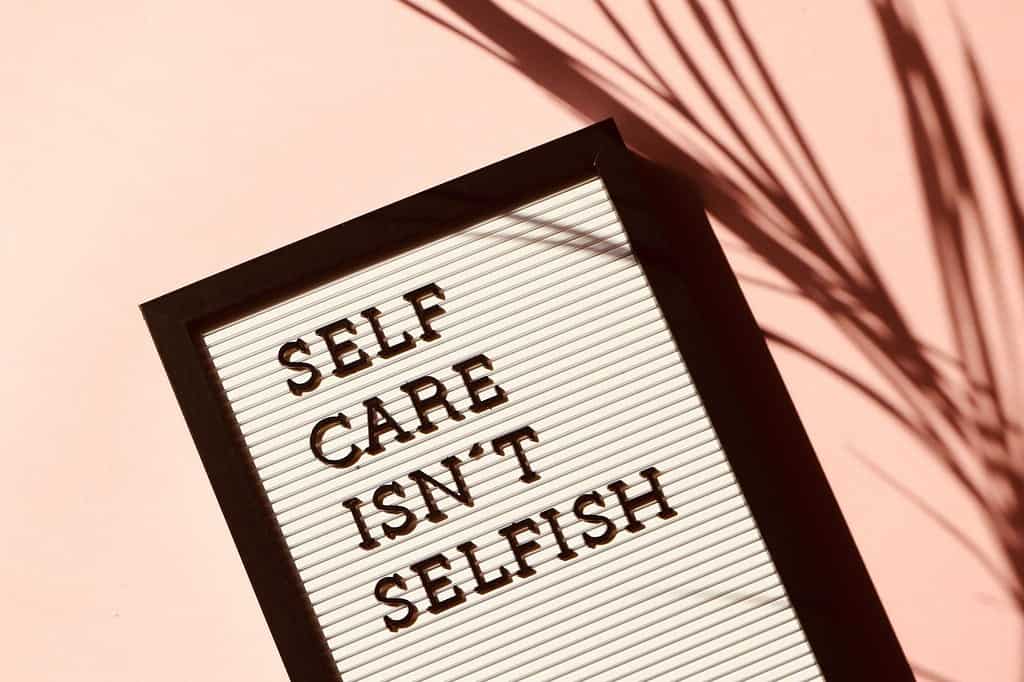Easy Prevention Tips for Ballet Injuries
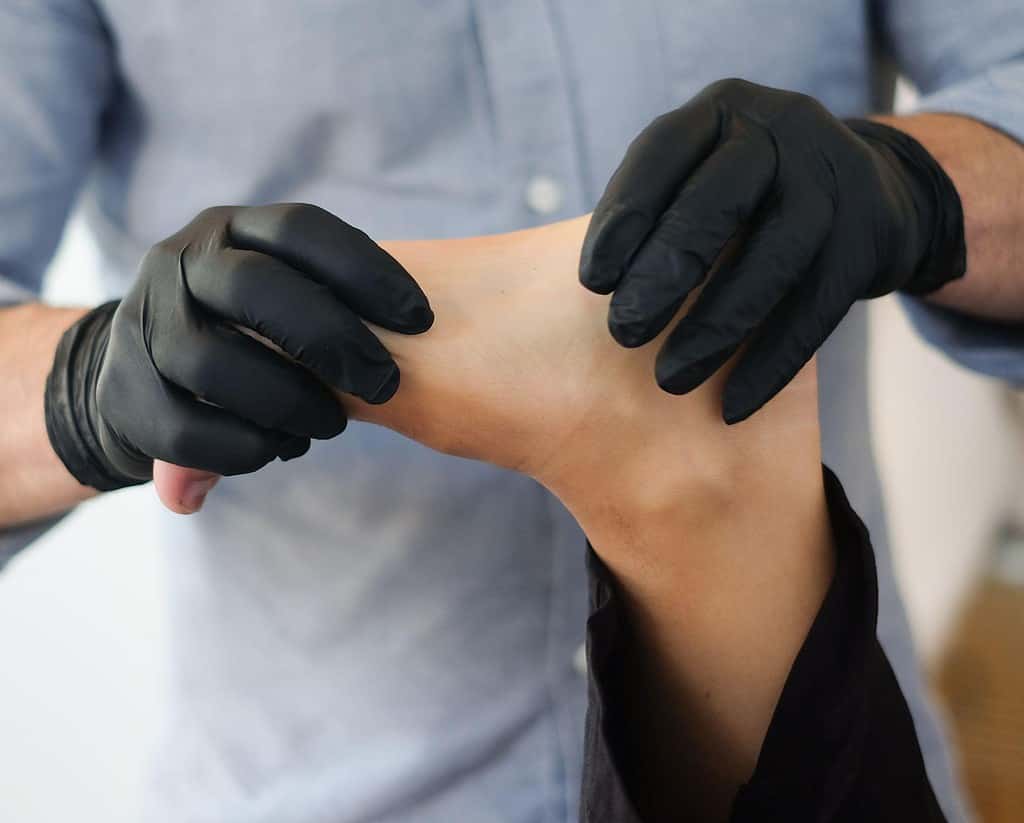
Ballet. It’s known for its beauty and grace, but the risk of ballet injuries is high.
Even with proper training, impeccable technique, and the right amount of strength and conditioning, ballet places significant physical demands on the body.
With busy schedules and frequent performances, ballet injuries can be unavoidable.
In this blog post, I will discuss common ballet injuries, share prevention tips, and provide advice from professional dancers who’ve overcome ballet injuries to return to the stage.
MEDICAL DISCLAIMER: The information in this blog is not intended or implied to be a substitute for professional medical advice, diagnosis, or treatment. All content, contained or available through this blog is for general information purposes only. If you have an injury or medical issue that requires attention, please consult a healthcare professional for proper diagnosis and treatment. Never disregard professional medical advice or delay seeking medical treatment because of information you have read on or accessed through this blog.
WHAT ARE THE 5 MOST COMMON BALLET INJURIES?
The five most common ballet injuries are sprained ankles, metatarsal stress fractures, Achilles tendonitis, shin splints, and knee injuries.
SPRAINED ANKLES
Ankle sprains are the most common injury in dancers.
They occur when you roll, twist, or awkwardly turn your ankle, stretching or tearing the ligaments of the ankle.
BEST PREVENTION TIPS
The best prevention for sprained ankles includes:
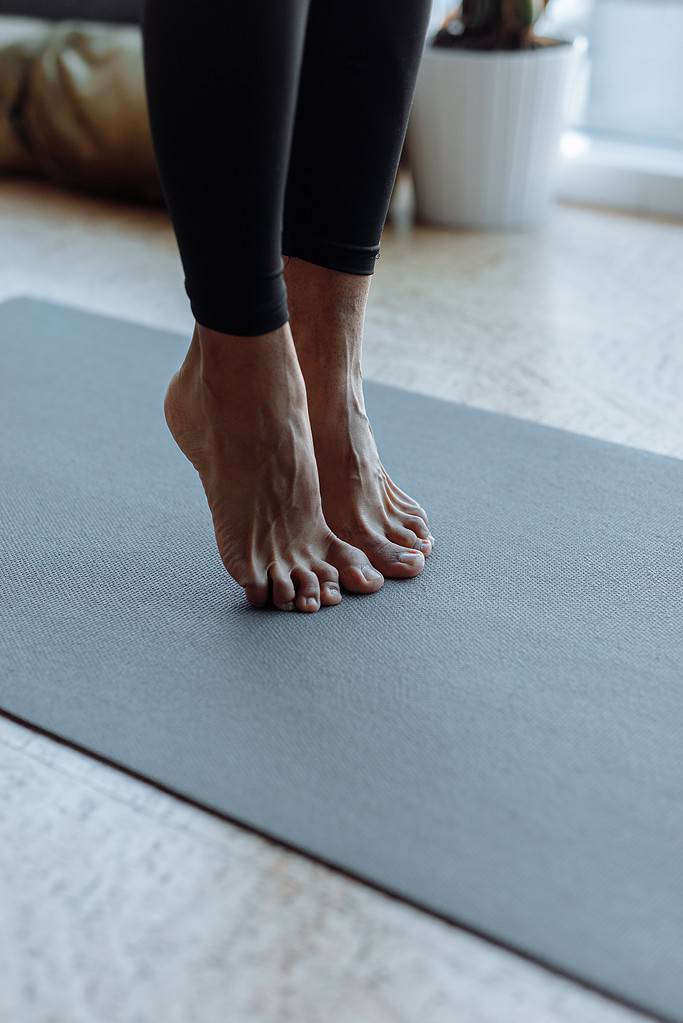
METATARSAL STRESS FRACTURES
Metatarsal stress fractures are tiny cracks in the metatarsal bones of the foot (basically your toe).
This injury is commonly seen in female ballet dancers due to repetitive impact while dancing on pointe.
BEST PREVENTION TIPS
The best prevention for metatarsal stress fractures includes:
ACHILLES TENDONITIS
Achilles tendonitis is the inflammation of the Achilles tendon, located at the back of the ankle, which connects the muscles responsible for pointing the foot.
This condition is common among dancers with poor technique and generally occurs from overuse.
BEST PREVENTION TIPS
The best prevention for Achilles tendonitis includes:
SHIN SPLINTS
Repeated jumping can cause shin splints, or stress fractures, in the lower leg bones (tibia and fibula).
This injury is often caused by improper landing from jumps or repeatedly jumping on poor surfaces.
BEST PREVENTION TIPS
The best prevention for shin splints includes:
KNEE INJURIES
Similar to feet, knees are often subject to wear and tear, due to the high impact and pressure of dancing.
Three of the most common knee injuries in ballet are Jumper’s Knee, Medial Meniscus, and ACL Tear.
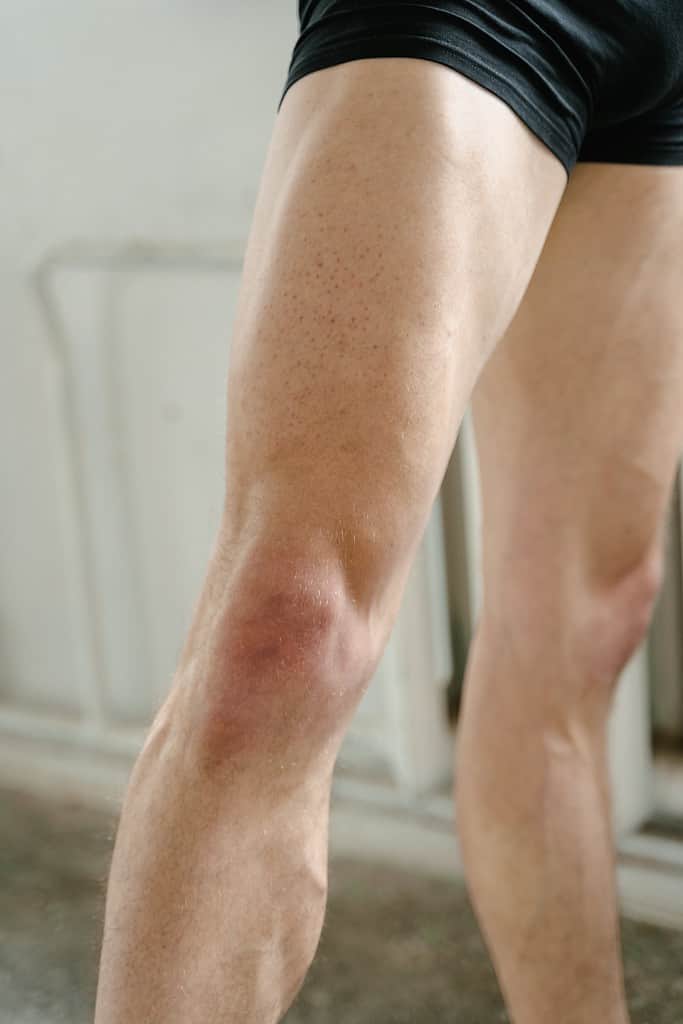
JUMPER’S KNEE
Jumper’s Knee (known as Patellar Tendonitis) is an inflammation of the patellar tendon, which connects the kneecap to the shin bone.
This is a common injury among male dancers due to the repetitive stress placed on the patella during jumping.
MEDIAL MENISCUS
Medial Meniscus is damage or tear to the cartilage located in the inner part of the knee joint.
ANTERIOR CRUCIATE LIGAMENT (ACL) TEAR
An ACL tear is a partial or complete rupture of the ligament that provides stability to the knee joint.
Depending on the severity of these ballet injuries, surgery is often recommended for dancers who wish to continue dancing with the same level of intensity.
BEST PREVENTION TIPS
The best prevention for most knee injuries includes:
EASY BALLET INJURY PREVENTION TIPS
HEALTHY NUTRITION – YOU ARE WHAT YOU EAT
In the ballet world, the pressure to maintain a thin physique affects both female and male dancers.
Sadly, eating disorders remain a concern in today’s ballet culture.
Choosing not to consume enough calories to match the energy burnt during training, increases your risk of injury and can have a detrimental impact on your mental health.
It’s important to include the right mix of protein, carbohydrates, essential fats, fruits, vegetables, calcium, vitamin D, and Iron, as well as proper hydration.

Yes, water. Not just energy drinks!
A well-balanced diet is crucial for:
Important: extreme diets, exclusion of food groups, and low-calorie intake can have profound negative effects on health and significantly increase the risk of injury. You are encouraged to seek professional medical advice before beginning any dieting regime.
THE MAGIC OF WARM-UP AND STRETCHING
Regular warm up and stretching routines will improve flexibility, reduce the risk of ballet injuries, and enhance a dancer’s overall performance.
Before any class, rehearsal, or performance, it’s essential to ensure your muscles are properly warmed up.
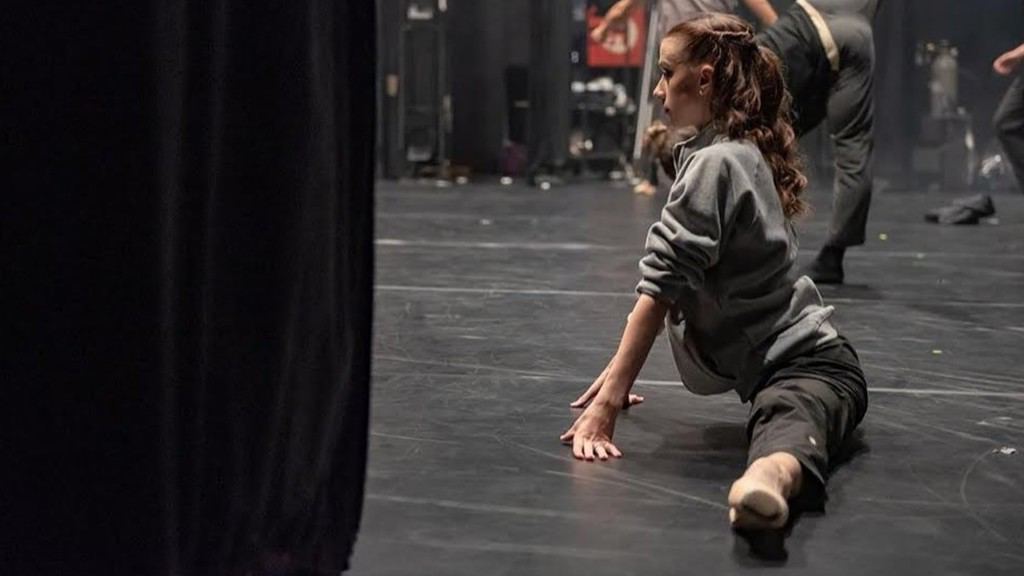
This can involve:
Focus on warming up and stretching the specific muscles and joints needed for dancing.
CAUTION
EXCESSIVE STRETCHING CAN LEAD TO OVERLY ELASTIC MUSCLES THAT DON’T PROVIDE ENOUGH SUPPORT FOR DANCING.
Instead, try to maintain a healthy balance between flexibility and stability to reduce the risk of ballet injuries.
PROPER TECHNIQUE
Proper ballet technique is learned inside and outside of the dance studio (mirror mirror on the wall, who has the best technique of them all?).
Professional dancers are expected to have a deep understanding of correct placement and alignment.
This includes avoiding forced rotation and maintaining proper alignment from the deep rotators. Keep your knees aligned over the feet when landing from jumps as well.
Ever wondered why a ballet class always starts from the barre, then to the centre, and finally into more intricate dance steps?
The structure of a ballet class is designed to focus on your technique, with built-in progressions.
Starting at the ballet barre allows dancers to focus on the basics… aligning their bodies, building strength, flexibility, balance, and coordination, and warming up their bodies in preparation for more challenging steps in the centre.
While it may seem repetitive, this structure serves a necessary purpose in ballet training.
Repetition reinforces muscle memory and allows dancers to perform a wider range of movements with a lower risk of injury.
THE RIGHT TOOLS
In ballet, having the right tools and equipment is crucial for injury prevention.
Does the shoe fit?
I cannot stress the importance of well-fitted ballet or pointe shoes.
Regularly check your shoes and replace them when needed (even if they´re your favourites).
When it comes to dance attire, it’s best to choose non-restrictive and non-obstructive clothing like leotards, tights, and skirts that allow for ease of movement.
It’s important that your clothing doesn’t hinder your movements, especially during pas de deux.
Nobody wants a broken finger!
To prepare your muscles, consider wearing appropriate warm-up clothing like leg warmers or a tracksuit at the start of class (especially if you have muscle soreness in a particular area).
As the class progresses, you can remove any unnecessary clothing that could be distracting or pose a danger to yourself and your dance partner.
Nobody wants to be hit in the eye with a loose earring or a dangling jumper.
CROSS-TRAINING
Cross-training in ballet involves incorporating additional activities to enhance strength, stamina, flexibility, and endurance.
Cardio, Pilates, and light weightlifting offer various benefits, including injury prevention and recovery.
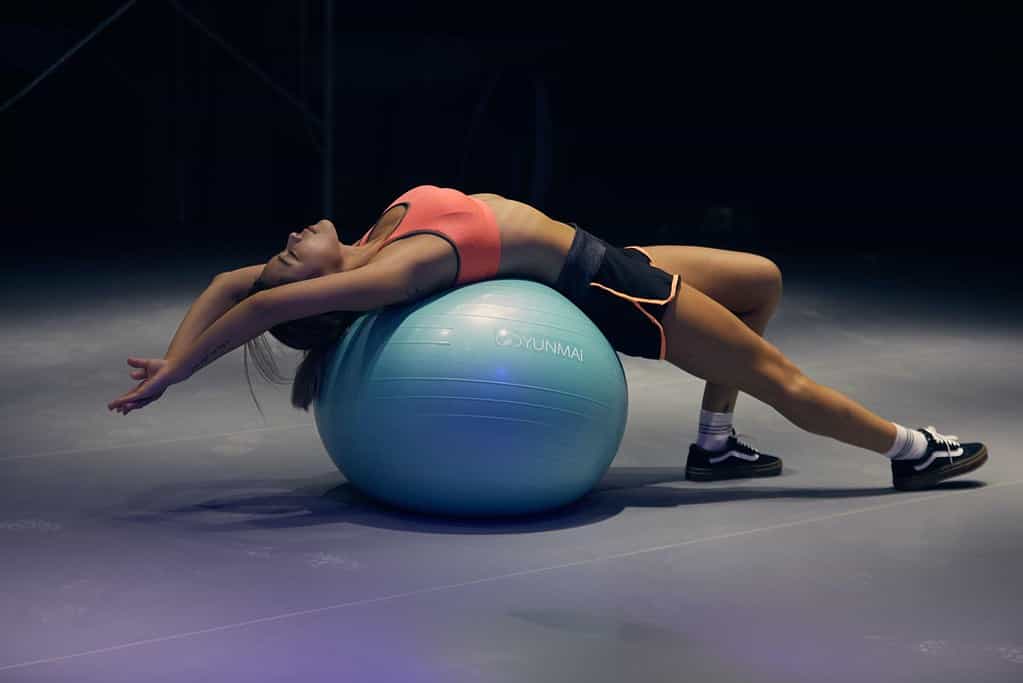
When choosing cross-training activities, it is important to align them with your specific goals and needs.
For example, if the goal is to strengthen weak muscles and prevent potential knee issues, exercises like squats, lunges, and resistance training with weights and bands can be effective in targeting specific muscle groups.
Additionally, low-impact cardiovascular activities like using a stationary exercise bike is a great choice for dancers recovering from injuries that restrict weight bearing.
Dancers should not be afraid to build muscle, as the modern perspective emphasises the importance of a strong and well-supported body.
Strong muscles enable dancers to perform dynamic movements, maintain positions for extended periods, and reduce the likelihood of injuries.
LISTEN TO YOUR BODY – REST AND RECOVERY
Rest and recovery are equally important as strength and conditioning when it comes to injury prevention and rehabilitation in dance.
It’s essential to listen carefully to your body and ask yourself,
Give your body time to heal and rejuvenate. If it’s signalling the need to slow down, then slow down.
A day of rest is a far better choice than risking missing an entire season of performances due to an injury (and gives you time to binge-watch your favourite series on Netflix).
Plus, make sure you’ve got the best recovery tools for your injury.
TREATMENT AND REHABILITATION
Pain is usually a good indicator if things warrant more serious attention.
If your pain persists, escalates, and causes you to modify your movements, don´t wait.
Speak to a healthcare professional ASAP.
SEEK PROFESSIONAL MEDICAL ADVICE
HUGE Misconception: ‘no pain, no gain’.
This phrase should NOT be applied to persistent pain that doesn’t subside.
Ongoing pain is a clear indication that something is wrong and warrants further attention.
It is recommended that you seek assistance and treatment from a medical professional if you experience persistent pain that goes beyond typical muscle soreness.
Each injury is unique and the recovery will vary for each dancer. Getting help from a team of professionals ensures that:
THE MENTAL SIDE
Ballet injuries can be deeply frustrating and disheartening.
It can feel like you’ve lost part of your identity when you’re kept off the dance stage.
As a result, some dancers may feel a sense of isolation and depression.
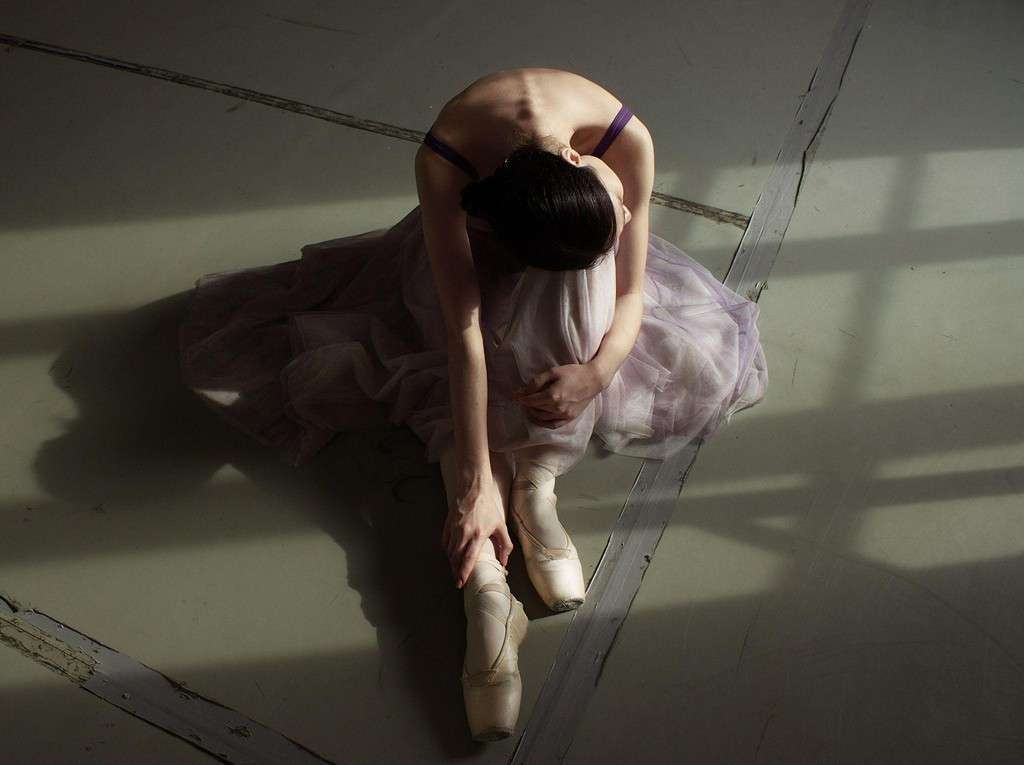
While easier said than done, it’s important to try and maintain a positive mindset. Focus on the positives, and stay connected with your support system.
Look at an injury as an opportunity for personal growth, and a chance to come back stronger than before!
To help achieve your recovery, it’s important to set realistic goals (SMART goals are best).
Remember, the mind plays a significant role in the recovery process. A resilient and positive mental attitude can contribute to a healthier and more successful recovery.
REAL-LIFE STORIES
HOW I MANAGED MY INJURY WITH SERGIO MENDEZ ROMERO
During morning ballet class, the day after a performance, I broke my right Medial Meniscus. It happened as I was landing in 4th position after a pirouette. I could hear the crack and immediately felt like something was wrong.
One month later, I underwent surgery, but I still couldn’t walk a month later! I started the rehabilitation process focusing on recreating the muscles around the knee, trying to refind the mobility and stability in the whole leg.
The recovery was going well, sometimes painful, and I could feel the progress every week, but my biggest problem wasn’t physical; it was a mental barrier that lasted for more than a year.
I found it very difficult to push from my right leg to jump. It would often swell, especially when dancing to modern pieces, and my mind became my biggest obstacle.
The best piece of advice I can give to someone going through an injury is to focus on the goal.
Visualise yourself fully healed and back dancing. Take the time during recovery to go back to the basics.
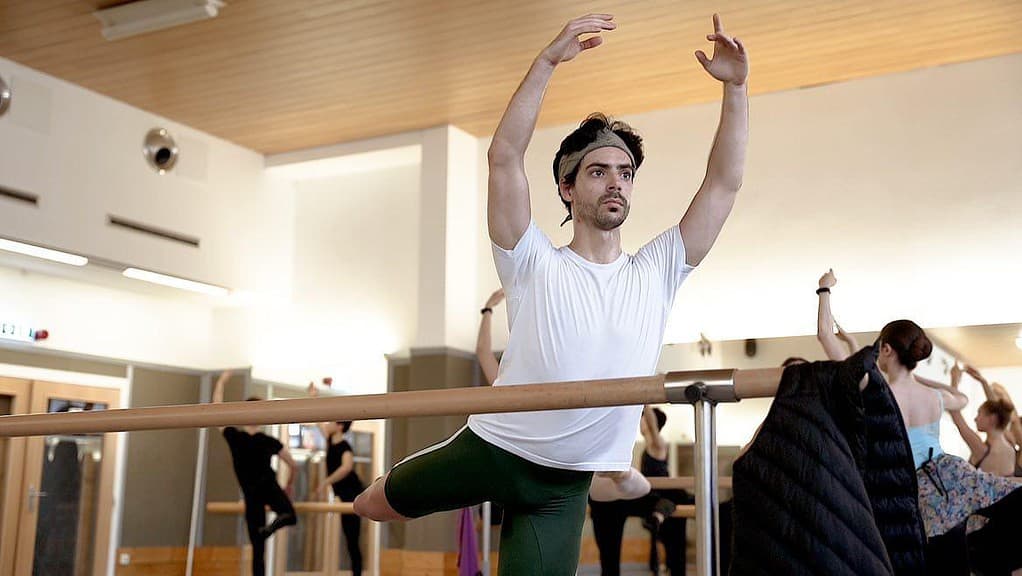
Although the injury wasn’t fun, it did allow me to build a stronger foundation, and understand how my body works.
Our bodies know what they need to be their best.
Sergio Mendez Romero, Soloist with Moravské Divadlo Olomouc (Olomouc, Czech Republic), Winner of the Prestigious 2022 Talia Award, Czech Republic.
FIGHTING MY WAY BACK TO CENTRE STAGE WITH LAURA MORENO GASULLA
Hola, about 7 months ago, I ruptured my ACL and tore my Medial Meniscus. It happened during a big jump exercise when landing from a temp du fleche. It happened so quickly.
Since it was a complete rupture, surgery was the best option for me. A month after the injury, I had an ACL reconstruction, where they made a graft by taking two tendons from my hamstring and cutting a small part of the meniscus.
The recovery time frame for this type of surgery is quite long, usually between 9-12 months before you’re ready to go back to performing, and at the same level.
It’s an incredibly long and difficult process, but it reminded me of my love of dancing and my hunger and excitement to return onstage.
Something that helped me and might help other dancers in a similar situation, is to find other interests. Try to study a new language, paint, get creative, and do all the things that you couldn’t do while working.
And of course, a great motivation is seeing the small improvements day by day. It is possible to dance again, sometimes even stronger and better than before.
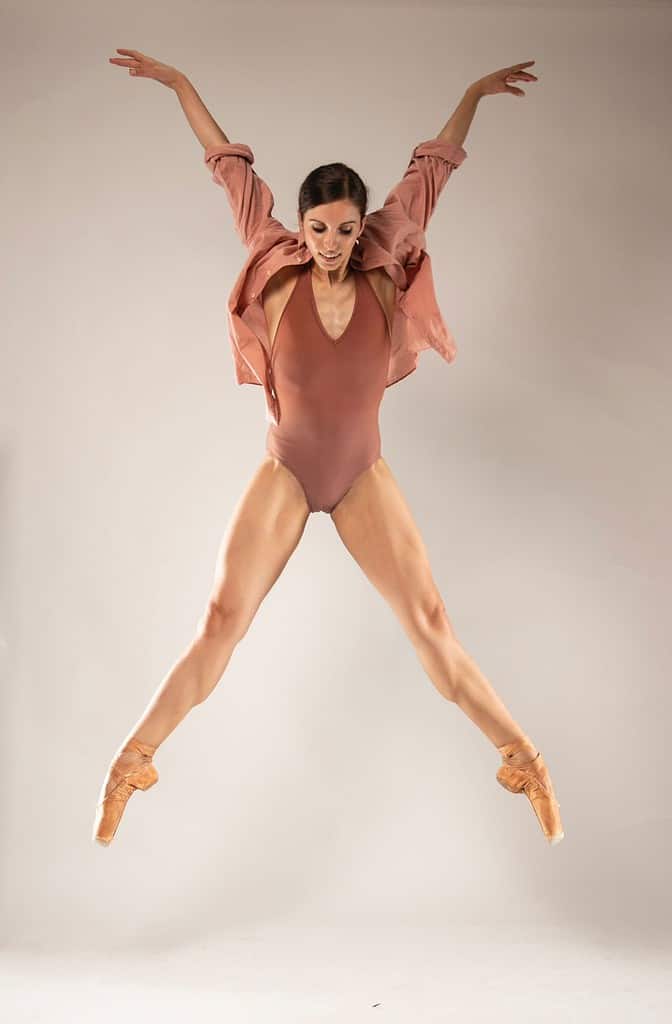
Laura Moreno Gasulla, Soloist with Narodni Divadlo Moravskoslezske (Ostrava, Czech Republic).
FIRST AID ESSENTIALS LIST
Most studios and theatres should have a first aid kit available in case of injuries.
While it’s not practical to carry around a full-scale medical kit in your dance bag, you can pack a few essential items into one of those handy pockets. Here are some key items to consider:
WRAP UP
While it doesn’t feel like it at the time, ballet injuries can be valuable learning experiences.
They can teach resilience, patience, and the importance of proper care and technique.
Don’t let an injury bring you down.
Instead, let it inspire you and motivate you to overcome the challenges in dance.
If you do encounter an injury and don’t know how to manage it, it’s recommended that you seek professional medical advice.
Getting the proper care and rehabilitation, and addressing an injury sooner rather than later can lead to less severe complications, and ultimately, less time away from the dance floor.
Good luck!
